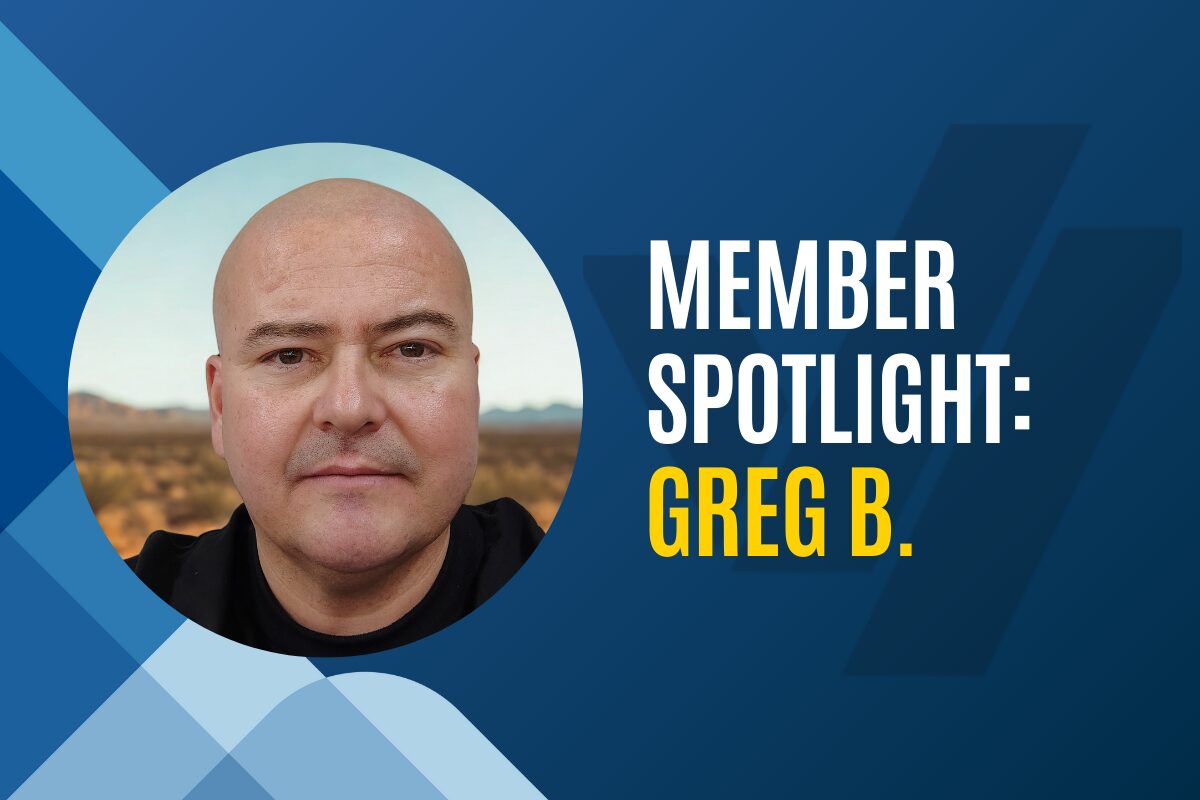Imagine you have a pile of cash lying under your mattress. What if we said that cash could grow by itself if you just left it alone? Sounds like a good deal, right?
This is just how compound interest works. When your earned interest compounds, your money magically multiplies before your eyes—all you have to do is leave it alone.
Despite the presence of compound interest, people still neglect to invest their money in products like CDs, money markets, and retirement accounts, often because they’re not aware of how compound interest can improve their lives.
What is Compound Interest?
You’re probably familiar with the concept of simple interest, where a percentage of a loan or deposit is added to the principal after a set period of time. This is the amount paid to an investor in exchange for the borrower being able to use your money. For example, in the case of a certificate of deposit, the investor is you, while the borrower is your financial institution.
But simple interest only scratches the surface of how you can grow your wealth by collecting interest through investment. To get deeper, we’ll need to discuss compound interest.
Compound interest is the addition of interest to the principal sum of a loan or deposit. In simpler terms: Compound interest is interest added onto interest.
For example, let’s say you invested $1,000 and made $50 in interest. The next month, you would earn interest on $1,050 rather than the original $1,000. Repeat this over and over again and you can see how the earnings add up over time.
Here’s an example of how much more you can earn through compound interest as opposed to simple interest:
Let’s say you invest $10,000 for 20 years with a 6% annual return rate. Using simple interest, at the end of 20 years, you would have $22,000. Not bad, but it could be better.
If that interest were compounded, that $10,000 would turn into about $33,100. You earn over $11,000 more than simple interest.
You can see why Albert Einstein once reportedly called compound interest “the eighth wonder of the world.” It’s arguably the easiest way to grow wealth. By choosing the right investment and leaving your money alone, you can watch that cash pile grow with no further obligations.
When Is Interest Compounded?
You’ve probably seen the acronyms APR and APY on your credit card or banking statement, but might not know exactly what they mean.
APR stands for Annual Percentage Rate, which indicates the yearly interest rate you pay on a loan without compounding interest. Conversely, Annual Percentage Yield, or APY, is what you earn on an account, and always includes the compound interest added annually, saving you from the complicated math of compounding it yourself.
When you apply for a loan, for a credit card, or to invest your money, always check the terms first. Discover whether you’re paying (or being paid) simple or compound interest so you can decide whether you should make the move.
And always remember that compound interest on a loan you are paying back costs you more in the long term while, conversely, compound interest on an account or investment that pays you a return earns you more over the long term.
Compound Interest with Credit Cards
Unpaid credit card balances compound interest, meaning that you’ll pay more the longer you take to pay it back. That’s why you should typically pay off compound interest accruing loans more aggressively. Paying just the minimum on a credit card balance can set you back years and put you into a frustrating cycle of debt.
In the case of a credit card balance of $5,000 with a standard APR of 18%, you would need over 30 years to pay off the card if you were only making the minimum payment each month. And after all is said and done, you end up paying over $81,000 in total, due to the compounding interest.
Paying the minimum might feel like you’re getting some relief at the moment, but keep in mind that you’re simply compounding your debt.
Why It Pays to Invest Early
Compound interest provides one of the best reasons to start investing early. You have less money to invest when you’re young, but you won’t need to invest as much with the help of compound interest. As a young person, you’ve got time on your side.
Consider this example from a Dow Theory Letters post entitled Rich Man, Poor Man. Suppose Investor A opens an Individual Retirement Account (IRA) with an annual growth of 10% at age 19, then deposits $2,000 each year until he/she reaches age 26.
Meanwhile, Investor B opens an IRA when he/she is 26 and contributes $2,000 until he/she reaches age 65.
Who would have more money come retirement? You would assume Investor B, right? But that’s not how it works out.
Investor A, who made only 7 contributions, ends up with more money than Investor B, who contributed the same amount 40 times but started later.
The lesson here is to invest early for retirement, even if your contributions are small. Compounding and time will take care of the rest.
If you’re interested in getting started, check out Vantage West’s options for certificates of deposit, money markets, IRAs, and more to see how you can benefit from compounding returns on your accounts. Savings dividends and rates shown in the examples above are for informational purposes only. Actual rates and dividends vary. Fees and other conditions could reduce the earnings on accounts. Federally insured by NCUA. Early withdrawal penalties may apply. Minimum opening deposit may apply.
Loan rate based on creditworthiness and subject to change, and based upon credit history and other loan qualifications.
Subject to approval. Certain restrictions may apply. Credit union Membership required.





